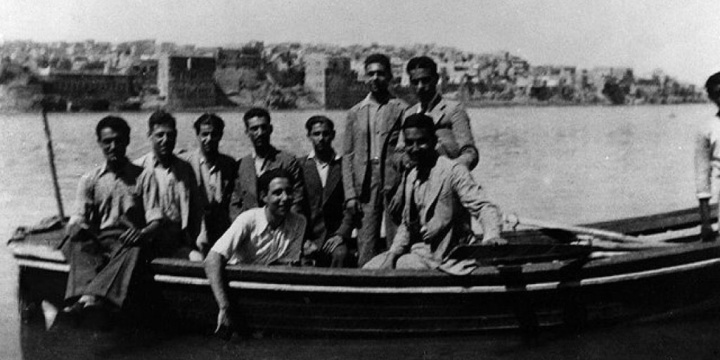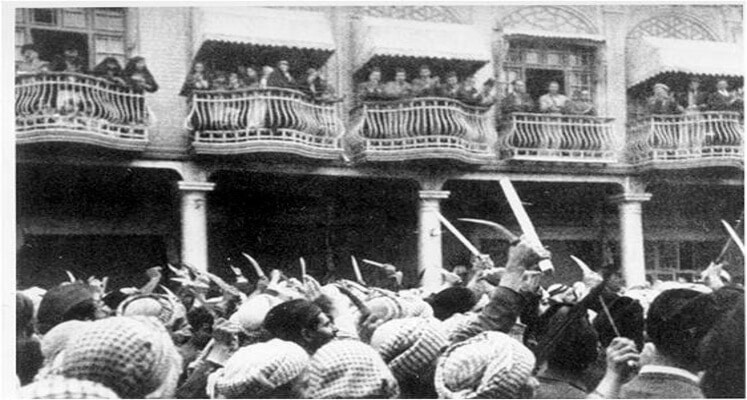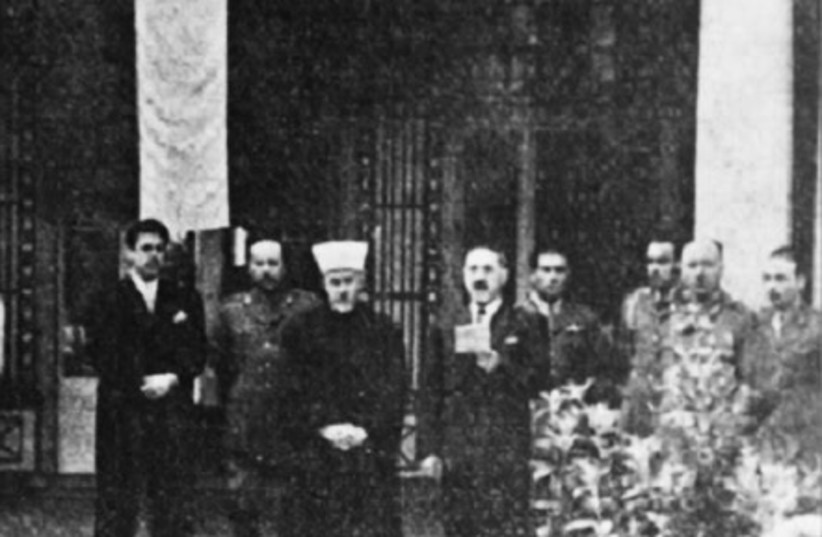Sixties Fan
Diamond Member
- Mar 6, 2017
- 53,651
- 10,413
- 2,140
- Thread starter
- #121
What part of it is a lie?This is a lie. All Arab states signed on with the Allies by 1939.
Give us your source for your debunking of it.
Follow along with the video below to see how to install our site as a web app on your home screen.

Note: This feature currently requires accessing the site using the built-in Safari browser.
What part of it is a lie?This is a lie. All Arab states signed on with the Allies by 1939.
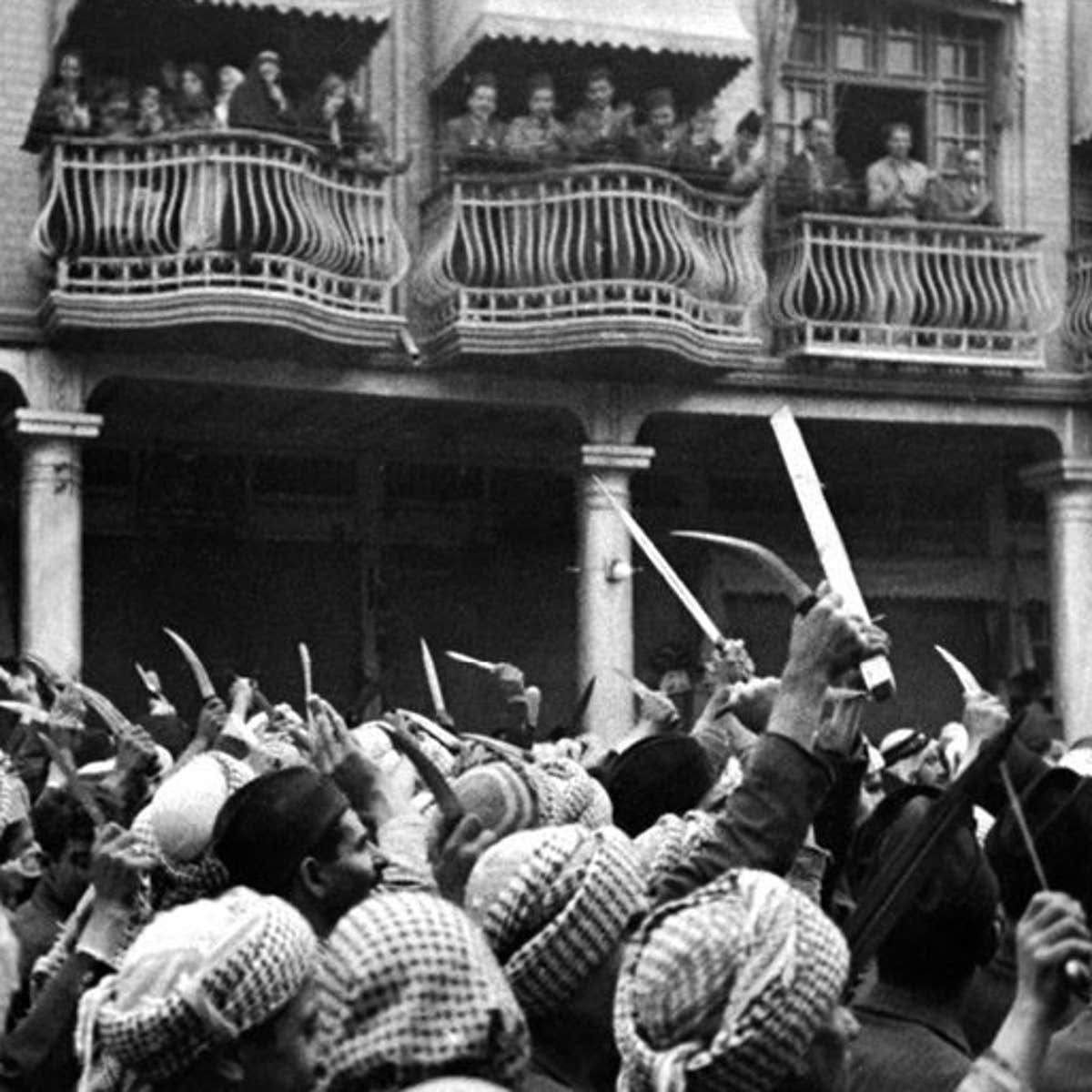
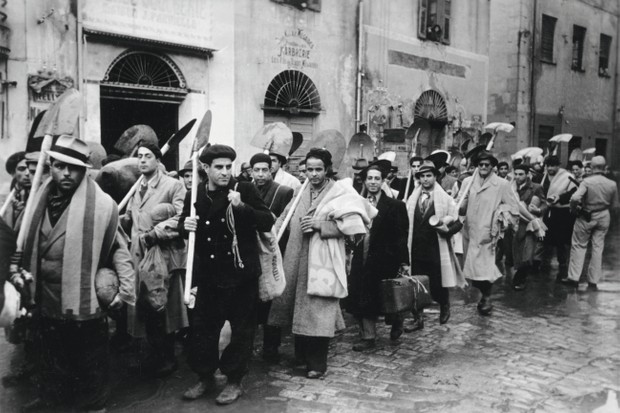
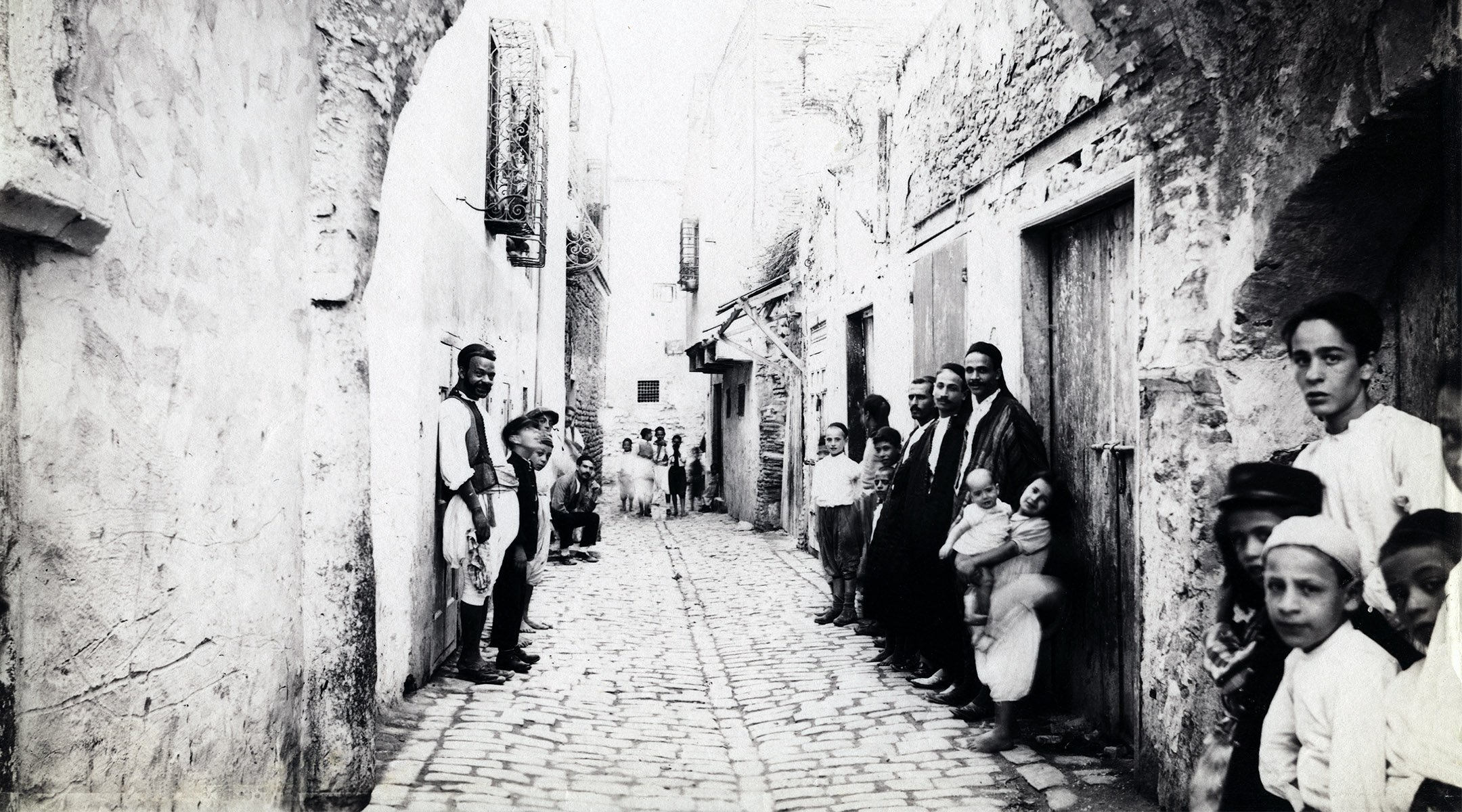
|
|
|
As well as opposing the Peel Commission’s recommendations, al-Husseini fueled violence against the Jews by claiming—much as he did during the 1920s, and much as Palestinian Authority leaders like Mahmoud Abbas do today—that the Jews were intent on conquering Muslim sacred sites in Palestine, and in particular the Temple Mount site housing the al-Aqsa Mosque. This nefarious goal was the pretext for a much larger conspiracy. “Palestine does not satisfy the Jews,” al-Husseini said, “because their goal is to rule over the rest of the Arab nations, over Lebanon, Syria, and Iraq, and even over the lands of Khyber in Saudi Arabia, under the pretext that this city was the homeland of the Jewish tribes in the seventh century.”
For much of 1937, al-Husseini dodged the British by holing up inside the al-Aqsa compound, from where he directed the violence and terror. By the time he escaped to Lebanon in October, according to a dispatch from a German diplomat to his superiors in Berlin, “the initially small number of Arabs active in the uprising have managed in the meantime to gain the support of the entire Arab people.”
Al-Husseini’s next move was to Iraq, where he arrived on October 14, 1939. He quickly amassed a group of loyal followers in the Iraqi army and government. In Baghdad, he became the standard-bearer for anti-British and pro-German sentiments. At this time, Iraq was fertile ground for these trends, with many army officers anxious to free Iraq from its dependence on Britain. In January 1941, the pro-German Prime Minister Rashid Ali al-Gailani was forced to step down. With the active backing of al-Husseini, al-Gailani and a group of military officers staged a coup in April 1941. While the rogue government was quickly unseated by a British invasion, the troops couldn’t get to Baghdad fast enough to prevent the Mufti striking out at the largest Jewish community in Iraq.
How the Mufti of Jerusalem Created the Permanent Problem of Palestinian Violence
A liar continues to be a liar. How great of you.By 1930 the population of Palestine had doubled with European immigrants. The mufti was trying to head off additional refugees. It's become fashionable to blame the mufti for the Holocaust instead of Hitler. It justifies expelling the Palestinians and taking the rest of their land.
Nope. 600,000 Jewish refugees arrived in Palestine in a period of 15 years. You might read actual accounts by Iraqi Jews and why they left. Read as an Arab Sees the Jews.. I think it was written in 1945.A liar continues to be a liar. How great of you.
Magnificent, indeed.
Are you discussing the Fahrud. ?Nope. 600,000 Jewish refugees arrived in Palestine in a period of 15 years. You might read actual accounts by Iraqi Jews and why they left. Read as an Arab Sees the Jews.. I think it was written in 1945.
Discuss what happened before, during and after the FarhudThis is how the other guys felt. You guys aren't the center of the universe.
